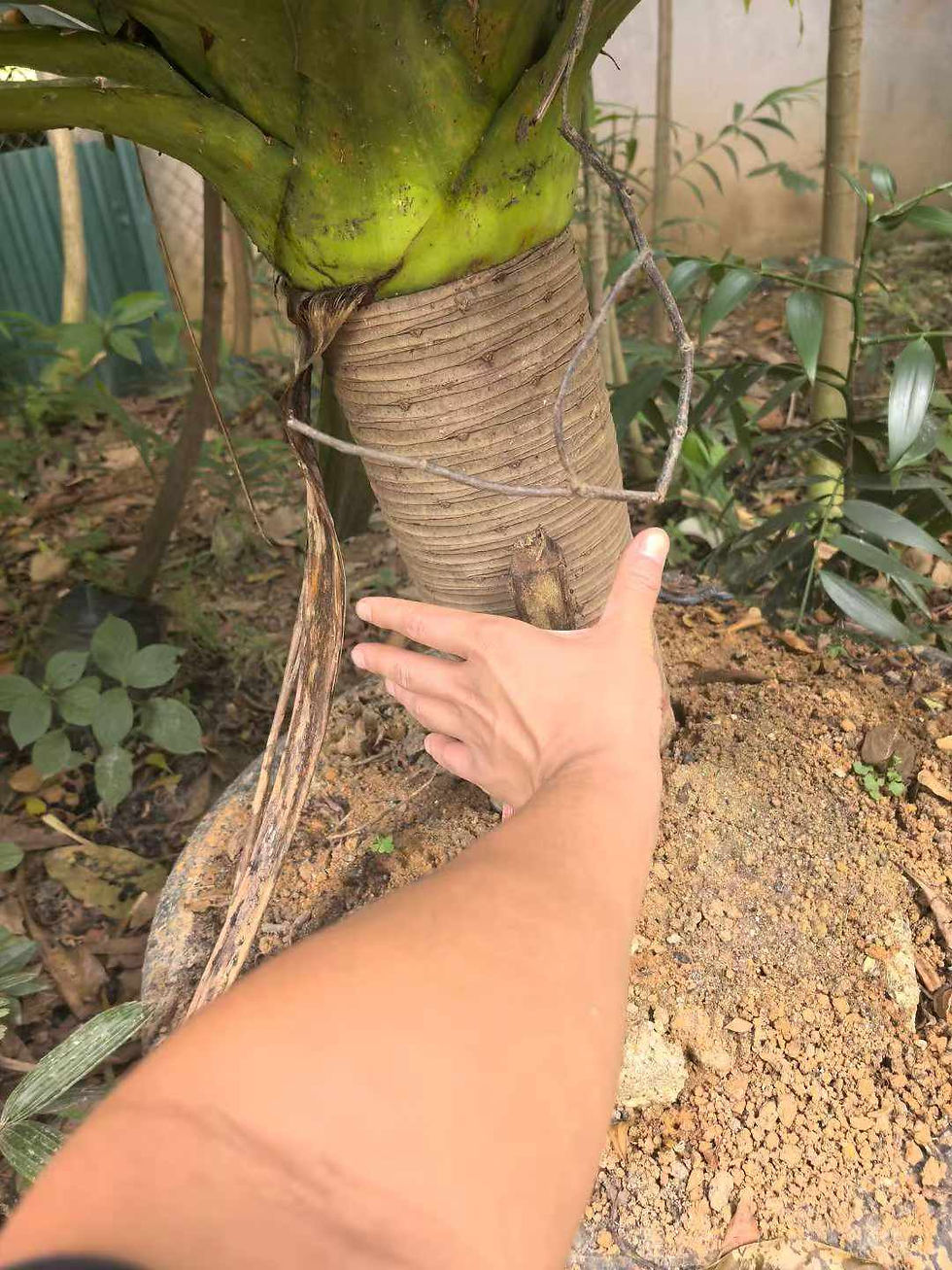Choerospondias axillaris seeds
Choerospondias axillaris, commonly known as Nepali hog plum, seeds mature in July.Choerospondias axillaris, known as Lapsi लप्सी in Nepali, also known in English as the "Nepali hog plum", and nánsuānzǎo in Mandarin (Chinese: 南酸枣; literally: "southern sour date"), is a tree in the family Anacardiaceae. It is known as Lepchipoma in Assamese and in Bengal it is known as Amrda."আমড়া"[citation needed] It is native to much of Asia from India to China to Japan. Its fruit is about 3 centimeters long and has a soft whitish sour flesh and green to yellow skin. The fruit is made into pickles, fruit tarts, and sour, spicy candy in Nepal. The tree has long been cultivated in rural Nepal for its fruit.The fruit is nutritious and has a price comparable to the mandarin orange on the Nepalese market.
Details
This is a deciduous tree growing up to 20 meters tall. The smaller branches are purple-brown in color. The compound leaves are up to 40 cm (16 in) long and divided into 3 to 6 papery oval leaflets each up to 12 cm × 4.5 cm (4.7 in × 1.8 in). The tree is dioecious, with male and female trees producing different types of inflorescence. Male flowers occur in long clusters and have curving, brown-veined petals about 3 millimeters long. Female flowers are solitary in leaf axils at the tips of branches. They are larger than the male flowers and yield the edible drupe. The fallen fruits are consumed and dispersed by sambar and barking deer. Besides fruit, the tree yields valuable wood and hard seeds which are burned for fuel, and has parts used medicinally in Vietnam. Catechin-7-O-glucoside can be found in the stem barks of C. axillaris.

































